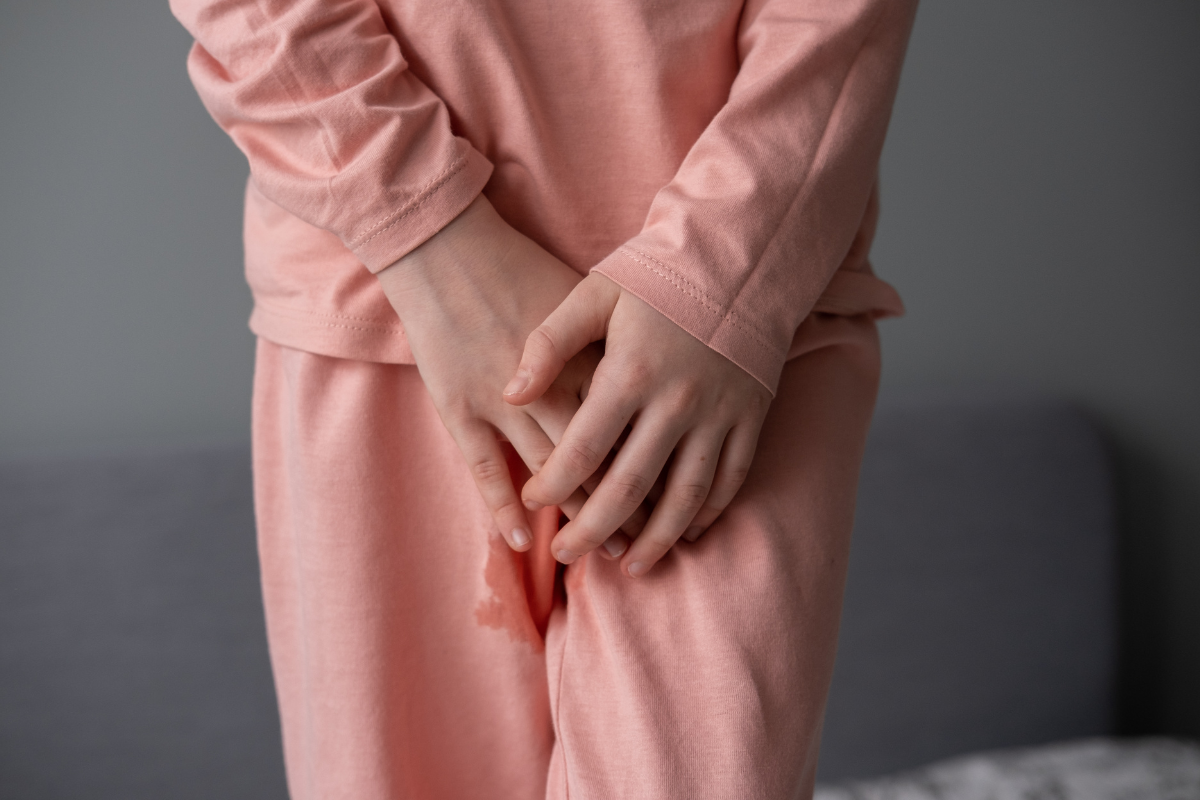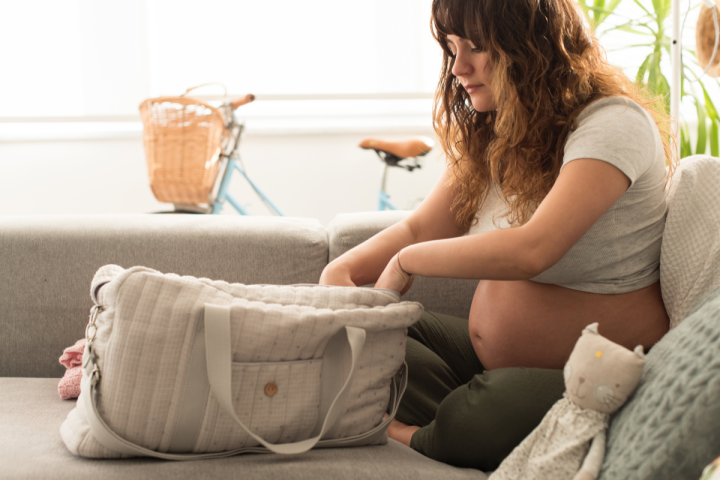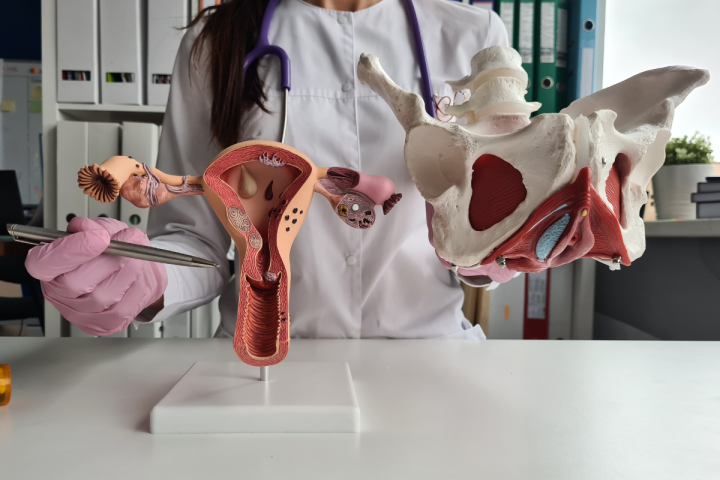An unpleasant and embarrassing ailment that affects incredibly many people, especially women, is urinary incontinence. It is a common ailment and is not just related to the ageing process. Urine flows through the urethra, and control of the opening and closing of the urethra is voluntary and conscious. When the bladder is full, it transmits a signal to the brain, which causes the pelvic floor muscles to relax and the bladder muscles to contract. By regulating the urination process, we influence the decision of whether we want to empty the bladder now or choose to hold it back. What are the reasons for the disruption of this process? How can we help patients who suffer from urinary incontinence? Read more!
What is urinary incontinence?
Urinary incontinence is the involuntary partial or complete emptying of the bladder, caused by anatomical and functional abnormalities during the urinary excretion process. Although often combined with geriatric or gynaecological complaints, this condition can affect people of all ages, both men and women. The two most common types are stress urinary incontinence and urge urinary incontinence.
- Stress urinary incontinence results from weakened pelvic floor muscles that cannot effectively clamp the urethra. The cause of leakage is due to sudden increases in abdominal pressure, such as during coughing, laughing, sneezing, physical activity or weight lifting. Other predisposing factors for incontinence include natural childbirth or caesarean section leading to pelvic floor microtrauma, multiple pregnancies, being overweight, weak pelvic floor, abdominal and back muscles, abdominal or prostate surgery, hormonal changes at menopause, chronic constipation, burden of chronic respiratory diseases, physical inactivity and sedentary lifestyle.
- In urge incontinence, abnormal and excessive bladder activity can be observed, the source of which often remains unknown.
Urinary incontinence - try physiotherapy!
The main aim of treatment for urinary incontinence is to re-educate and strengthen the pelvic floor muscles. In the situation of women whose problem is related to organ prolapse, surgical intervention may be necessary. However, urogynaecological physiotherapy plays a key role in recovery from surgery. By re-educating the pelvic floor muscles and restoring flexibility and mobility to the affected soft tissues, physiotherapy aids the healing process. Physiotherapy not only helps after surgery, but can also be recommended before surgery. By preparing the patient's body for the surgical procedure, physical therapy aids faster recovery of the perineum after surgery. In addition, it can have the effect of prolonging the effectiveness of the procedure performed, sometimes even delaying or preventing the need for surgical intervention. In this way, physiotherapy becomes an essential part of the comprehensive care of the incontinence patient.

Manual therapy for urinary incontinence
Manual therapy and therapeutic massage are also methods that can effectively contribute to the management of urinary incontinence. Massage for incontinence and other modern physical therapy techniques can effectively support drug therapy. Sometimes they can replace the need for surgery or allow surgery to be significantly reduced.
Popular forms of rehabilitation include physical therapy, electrostimulation and biofeedback. Those wishing to get rid of unwanted symptoms should also eliminate aggravating factors such as being overweight, infections of the urinary and reproductive tract or a troublesome cough. The effectiveness of rehabilitation depends largely on close cooperation with the physiotherapist and consistent adherence to his/her recommendations.
Take care of your pelvic muscles
Sometimes we look for complicated ways to solve health problems without realising that basic exercises can do a lot of good. An effective way to improve urinary incontinence is to use exercises to strengthen weakened pelvic floor muscles. A key element of training is to alternately tighten and relax the relevant muscle groups, and a common mistake is to activate the abdominal compression during contraction. An effective means of correcting this misconduct is an appropriate body position that isolates the work of the abdominal, gluteal and adductor muscles.
In addition to correct technique, it is also important to exercise systematically and to relax the muscles properly after a contraction. Improper relaxation intensifies muscle tension, resulting in weakened contraction strength and, consequently, urinary incontinence. During a visit to urogynaecological physiotherapistThe specialist adapts the exercises and determines their regularity. However, the most important thing is to learn how to do them correctly so that the patient can continue training on her own.
Proven techniques for your bladder

Bladder training aims to restore the correct pattern of urination on an individual basis and to form new habits in the patient. By monitoring bladder emptying, controlling the number of visits to the toilet, monitoring the volume of urine expelled during micturition and adjusting the mechanism of bladder emptying - without pushing, in the right position and not to spare, we try to get the bladder used to holding more urine and activate the pelvic floor muscles. Gradually increasing the time between visits to the toilet is one of the key elements.
The pelvic floor muscles, an integral part of the muscles that stabilise the trunk, work closely with the abdominal muscles and diaphragm. By using conscious breathing techniques, functionality can be improved, and prolonging the low-pressure expiratory flow provides an opportunity to increase activation of the closure structures. Breathing techniques are proving helpful in optimising respiratory coordination.




